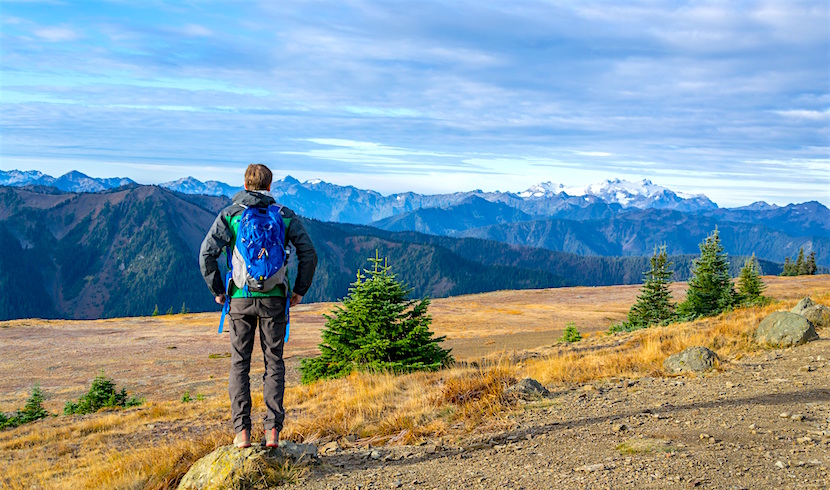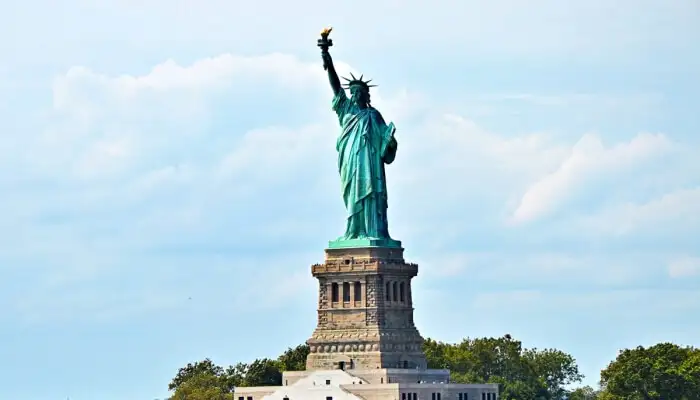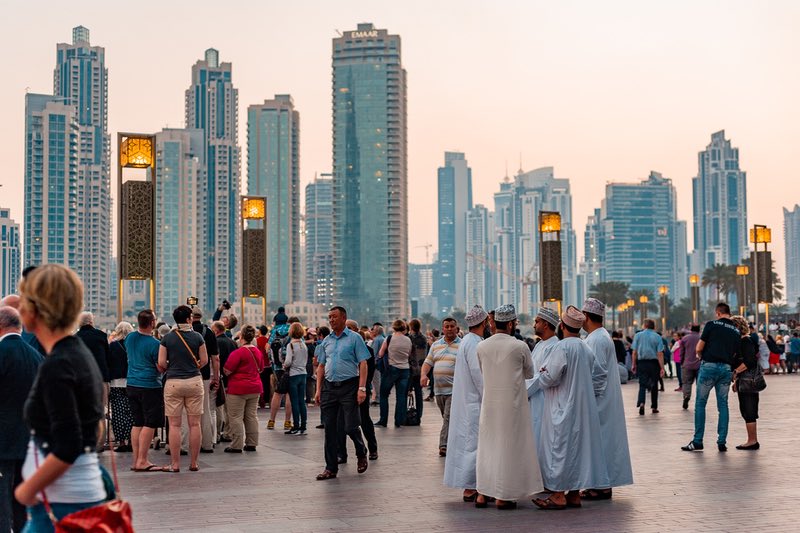Choosing the right travel backpack is one of the most critical steps in planning a successful trip. Pick a bag that’s too big, and you’ll carry unnecessary weight. Too small, and you’ll struggle to fit all your essentials. And if you choose the wrong material, your gear could end up soaked in the rain. There’s an art and science to finding the best travel backpack, and this guide will walk you through everything you need to know to make an informed decision.
I remember spending weeks searching for my first travel backpack. I tried on dozens of them, spent hours reading reviews, and tested them out in stores to ensure the best fit. That initial investment of time paid off, as my backpack lasted for eight years. In fact, the only reason I replaced it was because an airline lost it. Otherwise, I’d still be using it!
With so many travel backpacks on the market today, it can be overwhelming to pick the right one. But don’t worry—I’ll simplify the process for you by highlighting the essential features to look for, reviewing some of the best brands, and sharing tips on where to buy them.
What Makes a Good Travel Backpack?
A good backpack needs to be durable, weatherproof, and comfortable to carry, no matter how much you use it. Here are the top characteristics that every great travel backpack should have:
1. Water-Resistant Material
While your backpack doesn’t need to be completely waterproof unless you’re embarking on a multi-day trek, a semi-waterproof material is a must. This ensures your belongings stay dry during light rain. Many travel backpacks also come with a rain cover for heavier downpours.
Look for materials like treated nylon or polyester, which dry quickly and prevent your backpack from getting musty. Ideally, you should be able to pour a small amount of water on the pack without it soaking through. This feature has saved my gear multiple times during unexpected rain showers.
2. Lockable Zippers
Each compartment of your backpack should have two zippers so you can lock them together. This is especially important when staying in hostels or navigating airports, where theft can be a concern. Look for TSA-friendly locks, which allow security agents to open your bag without damaging the lock.
If you’re particularly security-conscious—say, you’re carrying valuable electronics—consider a Pacsafe bag. These are designed with anti-theft features like slash-proof materials and lockable zippers, providing an extra layer of protection.
3. Multiple Compartments
A well-organized backpack has multiple compartments that allow you to separate your gear. This makes it easier to find what you need without rummaging through everything. For example, you can keep clothes in the main compartment, shoes in a separate side pocket, and small essentials like keys and chargers in other sections.
For even more organization, invest in packing cubes. They make it easy to compartmentalize your gear, even within the compartments of your bag.
4. Padded Hip Belt
Most of the weight from your backpack will rest on your hips, so a padded hip belt is essential for comfort. The belt helps distribute the load more evenly across your body, reducing strain on your shoulders and lower back. Make sure the hip belt is adjustable and has zippered pockets for small items like change or bus tickets.
5. Padded Shoulder Straps
Carrying a fully loaded backpack can put pressure on your shoulders. Padded shoulder straps help distribute the weight more comfortably. Make sure the padding is thick and durable, ideally made from a single piece of material to prevent it from wearing down over time.
6. Contoured and Padded Back
A backpack with a contoured, lumbar-supporting back panel helps distribute weight evenly and prevents back pain. This design allows for a small gap between your back and the pack, which improves airflow and reduces sweating. If you’re carrying your backpack for long periods, this feature will make a big difference in comfort.
7. Front-Loading Access
A front-loading backpack allows you to zip open the front panel and access your belongings more easily. This is much more convenient than a top-loading backpack, which only gives you access through a hole at the top. With front-loading, you can quickly find what you need without digging through everything.
How to Pick the Right Backpack Size
One of the most common questions is about the ideal size for a travel backpack. There’s no one-size-fits-all answer. The perfect size depends on your body and what you plan to carry.
A backpack that’s too big may encourage overpacking and result in back pain, while one that’s too small won’t fit all your essentials. Most travelers find that a backpack between 40-60 liters works best. This size is large enough to carry everything you need without being unwieldy.
When choosing a size, focus on comfort. The best way to find the right fit is to try on different backpacks in-store. If that’s not possible, many manufacturers offer sizing guides based on torso and waist measurements. You can also order a few bags online and return the ones that don’t fit well.
Airline Travel and Backpack Size
If you plan to travel by air frequently, aim for a backpack that fits within carry-on size limits. Most airlines allow carry-ons up to 45 linear inches (115 cm), which is typically a 40-45 liter backpack. Keep in mind that budget airlines often charge fees for checked baggage, so the smaller and lighter your backpack, the more money you’ll save.
Backpack vs. Suitcase: Which Should You Choose?
When it comes to long-term travel, backpacks are generally more versatile than suitcases. Suitcases are ideal for short trips or when you’re staying in one location for a while. However, if you’re backpacking through multiple destinations, you’ll appreciate the ease of maneuvering with a backpack. Backpacks are easier to carry up stairs, navigate cobblestone streets, and squeeze into tight spaces.
That said, if you have back problems or simply prefer not to carry a backpack, a suitcase with wheels can be a viable alternative. There are even hybrid backpack-suitcases that combine the best of both worlds, with wheels and retractable handles for easy transport.
How Much Should You Spend on a Travel Backpack?
The cost of a backpack varies widely depending on size, material, and brand. Most high-quality backpacks fall within the $100-$300 range. Premium brands like Osprey, North Face, and Gregory tend to be more expensive, while store brands often offer excellent value at a lower price point.
While it’s tempting to go for the most expensive option, keep in mind that you don’t need a $300 backpack unless you have specific needs, such as advanced outdoor trekking. For most travelers, a mid-range backpack offers plenty of durability and features at a reasonable price.
Where to Buy Your Travel Backpack
Buying a travel backpack requires some hands-on testing. If possible, visit an outdoor store like REI to try on different options. The staff can help you with sizing and fit, and most stores will let you load the backpack with weights to simulate real-world conditions.
If shopping in person isn’t an option, online retailers like Amazon or the brand’s official website offer a wide selection. Many stores have flexible return policies, so you can try out the backpack at home and return it if it doesn’t meet your expectations.
Final Thoughts: The Perfect Travel Backpack Awaits
Buying the right travel backpack may take some time, but it’s worth the effort. By focusing on essential features like water resistance, comfort, and organizational compartments, you can find a backpack that fits your needs and lasts for years. Whether you’re backpacking across Europe, trekking through South America, or exploring cities in Asia, the right backpack will be your most reliable travel companion.
With this guide in hand, you’re now equipped to pick the perfect travel backpack for your next adventure!


